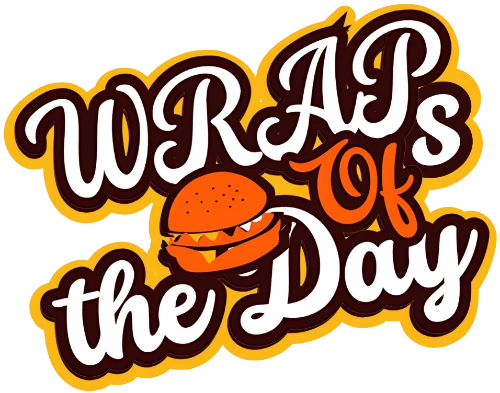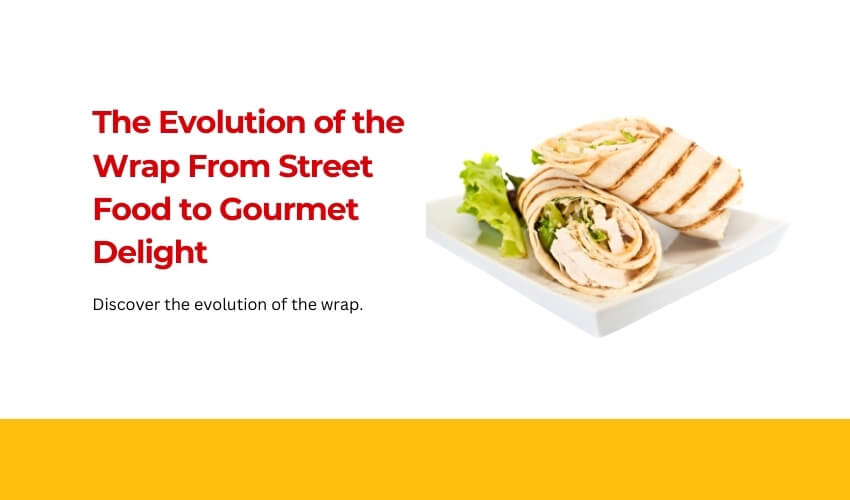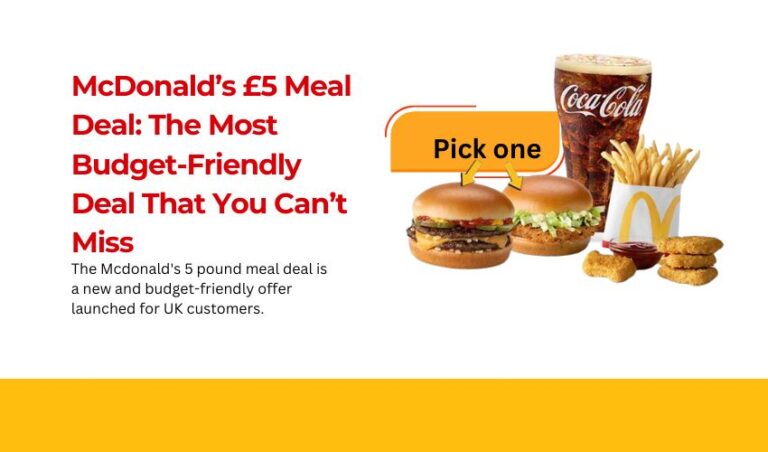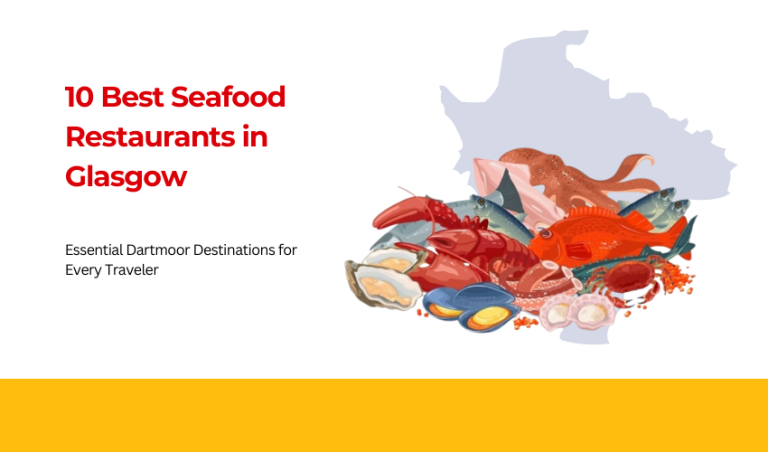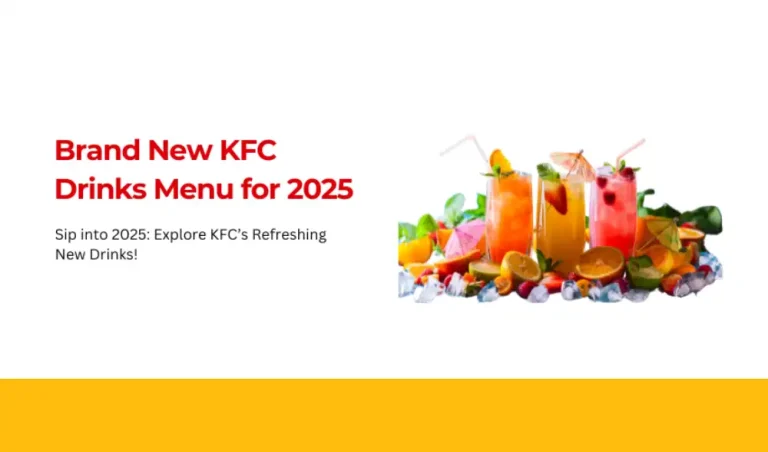The Evolution of the Wrap From Street Food to Gourmet Delight
The wrap moved from humble, makeshift roots of street foods into the high degrees of culinary masterpiece to casual eateries, healthy restaurants, and five-star fine dining places alike. Whether classic shawarma or today’s quinoa-wrapped option, the portable meal has changed with the times by way of change in taste and requirement or simple food fad. The paper traces the journey of the wrap from a street food to gourmet, and new technologies like AI image generators shaping ways of imagining and innovating food creations.
The Origins of the Wrap: A Street Food Staple
Wraps trace their beginnings to a variety of cuisines around the world. Wrapping food in a flatbread or tortilla-like product has been a common practice for many hundreds of years; one of the earliest examples was the pita from the Middle East, which has been used as a wrapper for meats, vegetables, and sauces for hundreds of years. A well-known example is shawarma, the favorite street food in the Middle East, which is made up of slow-cooked meat wrapped in either pita bread or flatbread and served with fresh vegetables and tangy sauces.
During the 1980s, wraps started to catch on in the United States as a quick and easy alternative to the sandwich. The wrap had resurfaced onto the street food scene. Chain restaurants and food trucks began selling their own versions of the wrap-everything from grilled chicken to falafel-with a meal handily packed and ready to take on the go. So simple and accessible, the wraps instantly gained massive appeal and then went on to become an indispensable part of the street food world.
A Healthy Revolution: Wraps Rise to Fame in the Health-Conscious Era

As the 2000s ushered in a healthier-conscious society, the wrap started to become more advanced than just the simple quick meal. Consumers became much more conscious about what they were eating, and wraps gradually changed from an indulgence into a viable and healthier alternative. Health-conscious eaters began seeking out options other than the traditional high-calorie sandwich, and wraps presented a lighter, often lower-calorie option.
Health-conscious wraps were filled with a host of fresh vegetables, lean proteins like grilled chicken or tofu, and healthier alternatives such as whole wheat or spinach tortillas. Concurrently, consumers began asking for gluten-free and low-carb options, which helped continue to push wraps even further as a health-conscious category. Restaurants began to offer “superfood” wraps, with quinoa, kale, avocado, and even hummus filling the menu items.
One of the driving forces was a new breed of “fast-casual” restaurants that served a healthier class of food, a step above fast food. Chains like Chipotle, Subway, and many others capitalized on this trend with their wraps: fresh, flavorful, and made to order to suit dietary preferences such as vegetarian, vegan, and gluten-free.
From Casual to Gourmet: The Rise of the Wrap into Fine Dining
Wraps do have a place in the fine dining circle these days. The highly rated chefs and food inventors started playing around with wraps, adding class, using the best ingredients, applying sophisticated techniques in order to develop this low-profile wrap into truly gourmet. In these newfangled wraps, exotic ingredients show up, creative presentations come together, and now even newer styles of wraps evolve from other base ingredients such as rice paper, nori, or even flowers.
The gourmet wrap is all about redefining the boundaries of what can be considered “fast food.” Take, for instance, sushi wraps, where fresh fish, vegetables, and sauces are wrapped in thin nori, or rice paper wraps filled with colorful vegetables and seafood, often served with delicate dipping sauces. Whereas the wraps were originally invented as casual wrappings of foodstuffs, they are today used to hold a refined assemblage of flavors combined with techniques from different global cuisines, adding sophistication in every traditional handheld meal.
Of more interest is the way in which chefs employ most molecular gastronomy methods to enhance the experience of a wrap. Other chefs who dabble with ingredients in forms like foams, gels, and even molecular powders make the wrap not just a piece of art, but something very complicated. It is this art form of innovation that turns such a simple notion of a wrap into an art, presenting more than the feel one gets from the food in its street food origin.
Technology’s Place in the Wrap Revolution: Artificial Intelligence Image Generators Shape Future of Food
Today, in the digital era, technology is an integral part of the evolution of food, including wraps. AI image generators have become important tools for a food designer and chef to flesh out wrap ideas in ways not previously possible. These take advantage of the power of artificial intelligence to provide realistic images of food that enable culinary professionals to experiment with the combination of different ingredients, texture, and presentations.
Before making a new wrap recipe, chefs can visualize their idea using an AI image generator and perfect the final product. This process allows them to play with combinations of flavors and garnishes that will make the wrap look impressive, thus creating pictures of mouthwatering foods that tantalize customers even before the food is prepared. Coupled with imagination, technology will continue to help reinvent the way food is conceived and presented, affording even more creativity with wraps.
The Wrap Today: A Modern Staple with Limitless Possibilities
The wrap has today emerged as a versatile and adaptive meal option, serving diverse tastes, dietary needs, and culinary creativities. From grabbing a quick bite on the go to enjoying a gourmet wrap at a five-star restaurant, wraps proved to be much more than street food; they almost transformed into a canvas for the exploration of culinary art with an acceptance of new ingredients, cooking techniques, and presentation styles.
Wraps remain right at the helm of this food revolution with their ever-growing demand for variety, flavor, and health-oriented meals. They provide convenience without compromising on taste or nutrition; therefore, they are suitable for both busy working professionals and food lovers alike.
Conclusion
From street food to gourmet delight, the wrap has made its evolution a function of its adaptability and timeless appeal. What started off as a simple meal to carry with one blossomed into a canvas for chefs and home cooks to experiment with newer ingredients and ways of cooking. From healthy, low-calorie options to gourmet innovations, wraps have moved beyond their humble beginnings to become a favorite culinary staple all over the world.
As technology only continues to move forward in the way we produce and consume our food, the AI image generator will undoubtedly rise along with the future of culinary design in support of even greater creativity and precision in this art of making wraps. Whether it be a quick lunch or an indulgence in a refined gourmet wrap, the possibilities are endless. So far, the wrap has come a long way, and this is far from over.
